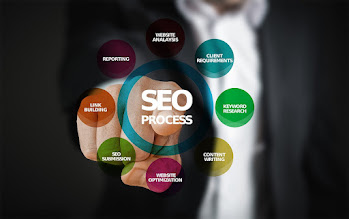Broken links can severely impact your website’s SEO, user experience, and credibility. Here’s how to identify and fix broken links to ensure your site remains optimized and user-friendly.
Introduction
Broken links, also known as dead links, occur when a URL no longer works, leading to a 404 error. These can harm your SEO by affecting crawlability and user experience. Fixing them promptly is crucial for maintaining a healthy website.
1. Identifying Broken Links
The first step in fixing broken links is identifying them. Tools like Google Search Console, Screaming Frog, and Ahrefs can help you detect broken links on your website. Regularly auditing your site for these issues is essential to keep it running smoothly.
2. Assessing the Impact
Not all broken links are equally harmful. Prioritize fixing broken links on high-traffic pages or those linked to from external websites. This will help mitigate the most significant SEO damage and improve user experience where it matters most.
3. Fixing Internal Links
For broken internal links, update the URL to the correct one or remove the link if the page no longer exists. Ensure that your website’s internal navigation is seamless to keep users and search engines happy.
4. Fixing External Links
For broken external links, you have a few options:
- Update the link: If the page has moved, update the URL to the new location.
- Remove the link: If the page no longer exists, remove the link to avoid a 404 error.
- Find a replacement: Link to a similar page with relevant content.
5. Implementing 301 Redirects
If you have permanently moved a page, set up a 301 redirect to point the old URL to the new one. This ensures that both users and search engines are directed to the correct page, preserving link equity and user experience.
For comprehensive support in maintaining your website’s health, consider partnering with an experienced SEO services company.
6. Regular Monitoring
Regularly monitor your site for broken links. Tools like Google Search Console provide ongoing reports, allowing you to address issues as they arise. This proactive approach helps maintain your site’s SEO and usability.
Conclusion
Fixing broken links is a critical aspect of SEO maintenance. By regularly identifying and addressing these issues, you can enhance your site’s performance, user experience, and search engine rankings. For advanced digital marketing strategies, explore our Digital Marketing services.













